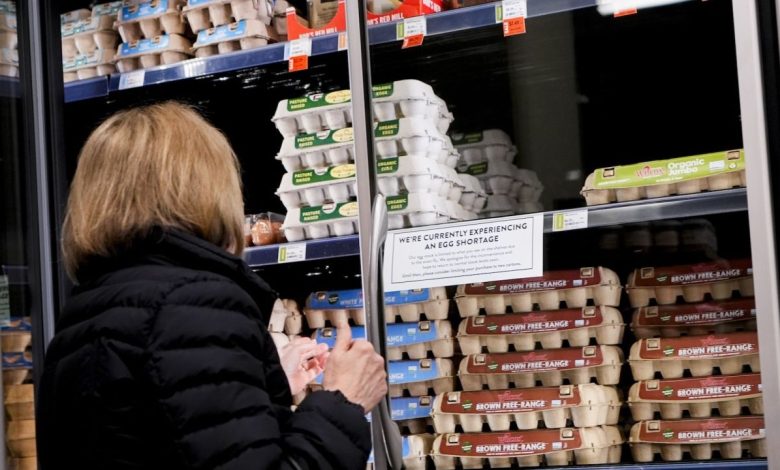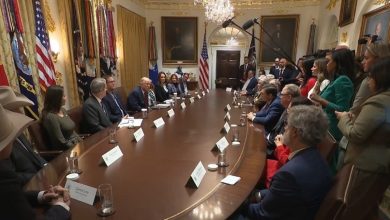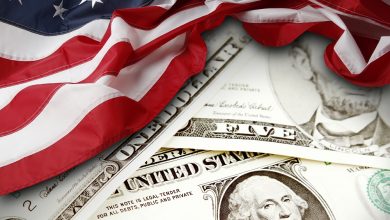U.S. Consumer Confidence Falls in October as Inflation and Job Concerns Weigh on Outlook
Despite steady economic growth, Americans remain anxious about inflation, job security, and future financial stability amid new signs of labor market weakness.

U.S. consumer confidence fell modestly in October 2025 as Americans expressed growing anxiety over their financial future and job stability, according to the Conference Board’s Consumer Confidence Index.
The headline index dropped to 94.6 from 95.6 in September (revised upward), narrowly beating forecasts of 93.4. While consumers viewed current conditions more positively, expectations for the months ahead weakened.
Economic Indicators Show a Mixed Picture
The Present Situation Index, reflecting consumers’ assessment of current business and labor market conditions, rose by 1.8 points to 129.3, indicating relative optimism about current economic activity.
However, the Expectations Index, which tracks consumers’ outlook for income, jobs, and business conditions, fell by 2.9 points to 71.5 — remaining below the 80-point threshold that typically signals a coming recession. The index has lingered under that level since February 2025.
Survey responses showed that prices and inflation remain the top concerns for U.S. households. Mentions of tariffs declined slightly this month but remain elevated, the Conference Board noted.

Inflation, Jobs, and Corporate Layoffs Add Pressure
Recent government data showed that U.S. inflation stayed elevated in September, driven by higher gasoline prices and lower rent costs, leaving consumers facing mixed signals. While the economy continues to grow steadily, hiring has slowed significantly, with several major corporations announcing layoffs.
According to the U.S. Department of Labor, the Consumer Price Index (CPI) rose 3% in September year-over-year, the highest since January and up from 2.9% in August. The report was delayed due to the government shutdown that began on October 1.
Federal Reserve officials have hinted they will cut interest rates again on Wednesday, marking the second reduction this year despite inflation still exceeding the central bank’s 2% target.
Job Market Shows Signs of Strain
While the labor market remains relatively healthy by historical standards, officials have noted increasing signs of weakness. The Conference Board survey revealed that while respondents felt confident about current job availability, they grew more anxious about their future employment prospects.
Recent data showed that U.S. nonfarm employers added only 22,000 jobs in August, following a disappointing 79,000 increase in July. Revised figures for May and June reduced job gains by 258,000, signaling a slower recovery. The unemployment rate rose to 4.3%, the highest since October 2021.
The September jobs report has not yet been released due to the federal shutdown.
Trump-Era Policies and Corporate Response
Economists suggest that, beyond the effects of past Federal Reserve rate hikes, the recent slowdown in hiring may also reflect Trump administration trade and immigration policies, including sweeping and unpredictable tariffs and a purge of federal employees.
Many companies have adopted a “no hire, no fire” stance, choosing to freeze hiring rather than commit to higher wages amid tariff uncertainty. However, several large firms have broken that trend in recent weeks.
-
Amazon announced plans to cut 14,000 jobs as it boosts investment in artificial intelligence and trims costs elsewhere.
-
Target will eliminate 1,800 positions, citing restructuring needs.
-
Meta Platforms has cut around 600 jobs, and Starbucks announced in September that it will close hundreds of stores and lay off 900 non-retail employees.

Consumer Spending Intentions Remain Mixed
Despite economic uncertainty, more survey participants said they intend to purchase a new or used car soon. The share of those planning to buy a home dipped slightly in October, but the six-month trend remains positive. Plans to purchase big-ticket items such as appliances showed little change from September.
While the U.S. economy continues to expand modestly, rising inflation, slower hiring, and persistent layoffs have eroded confidence in the nation’s financial direction. With the Federal Reserve expected to lower interest rates again, policymakers face the difficult task of balancing inflation control with renewed labor market stability.



